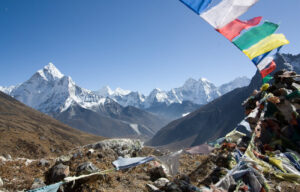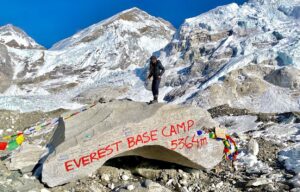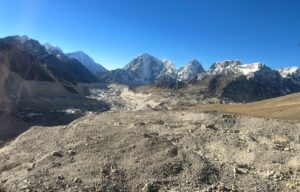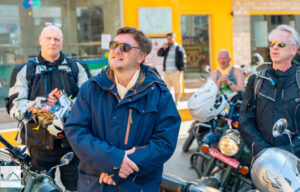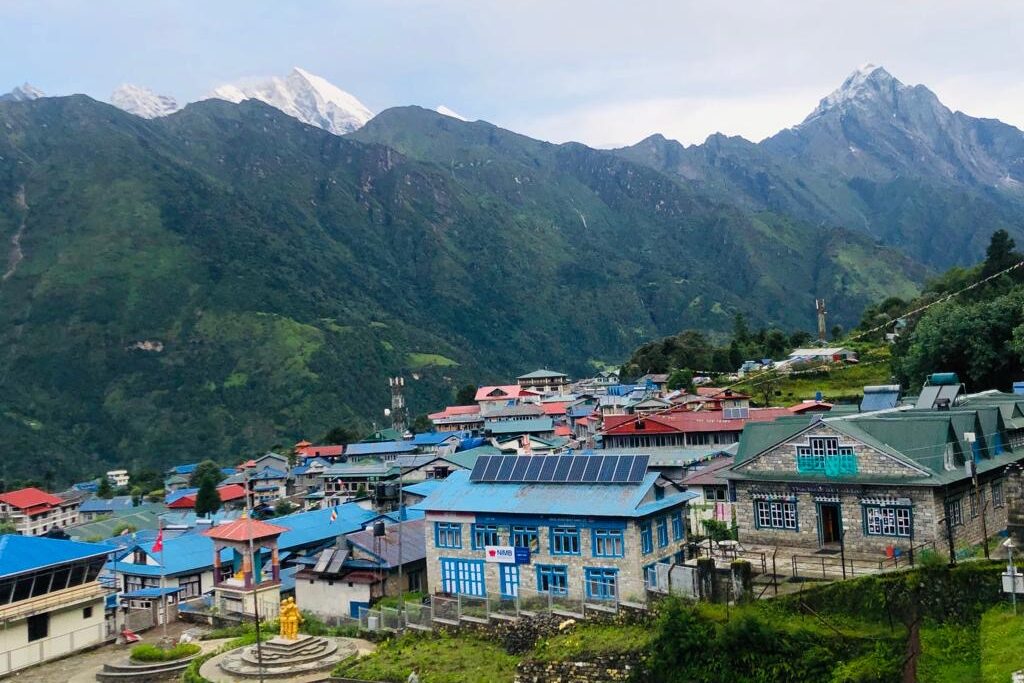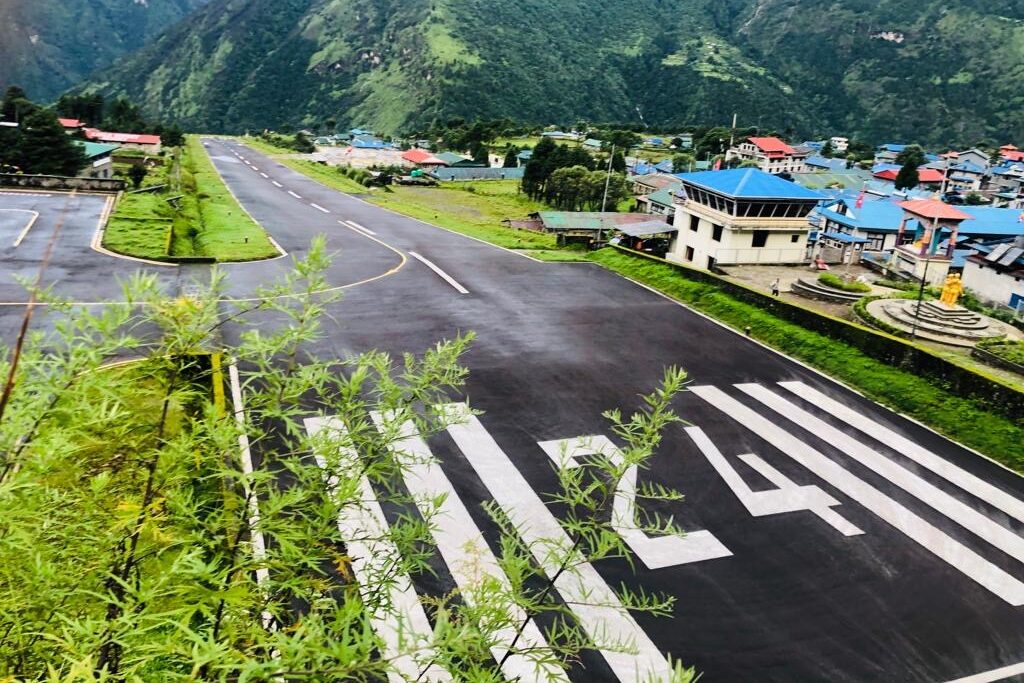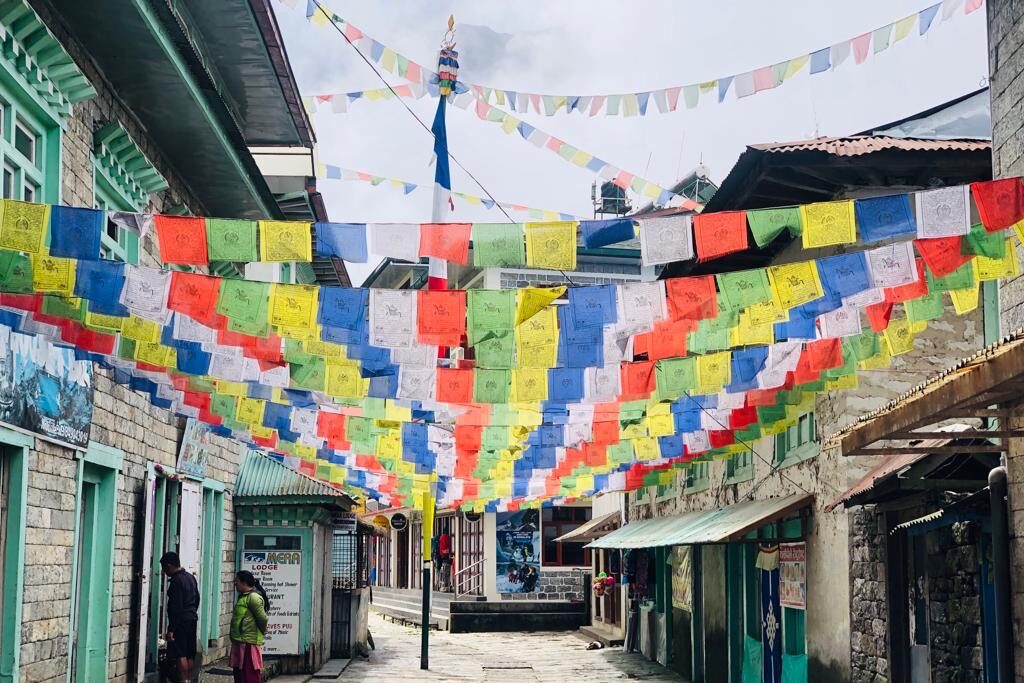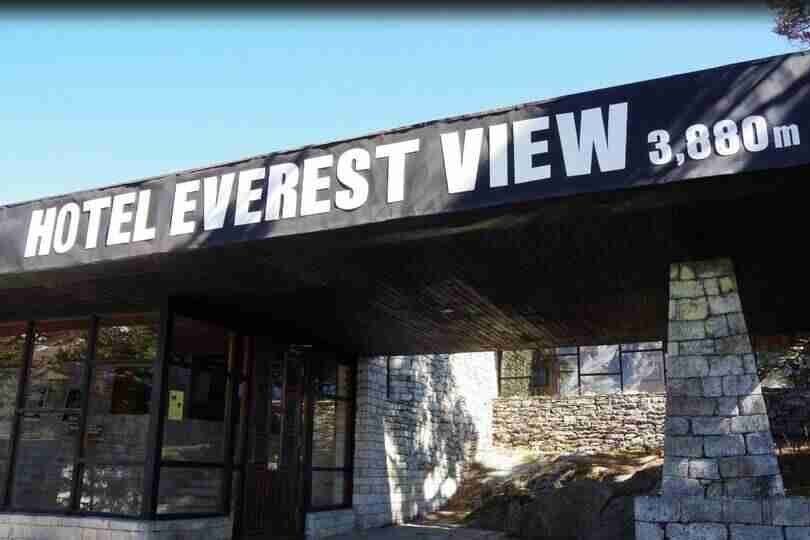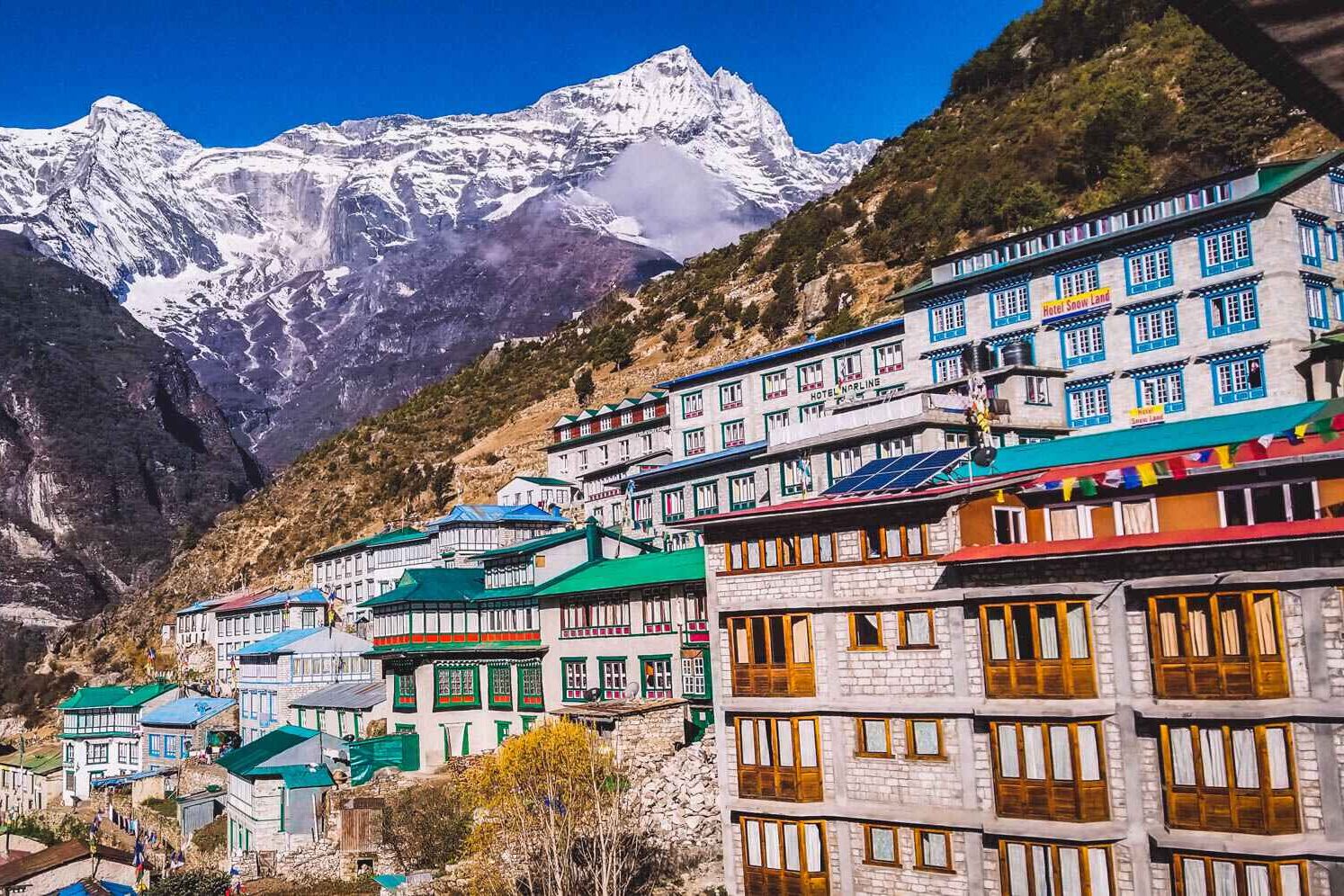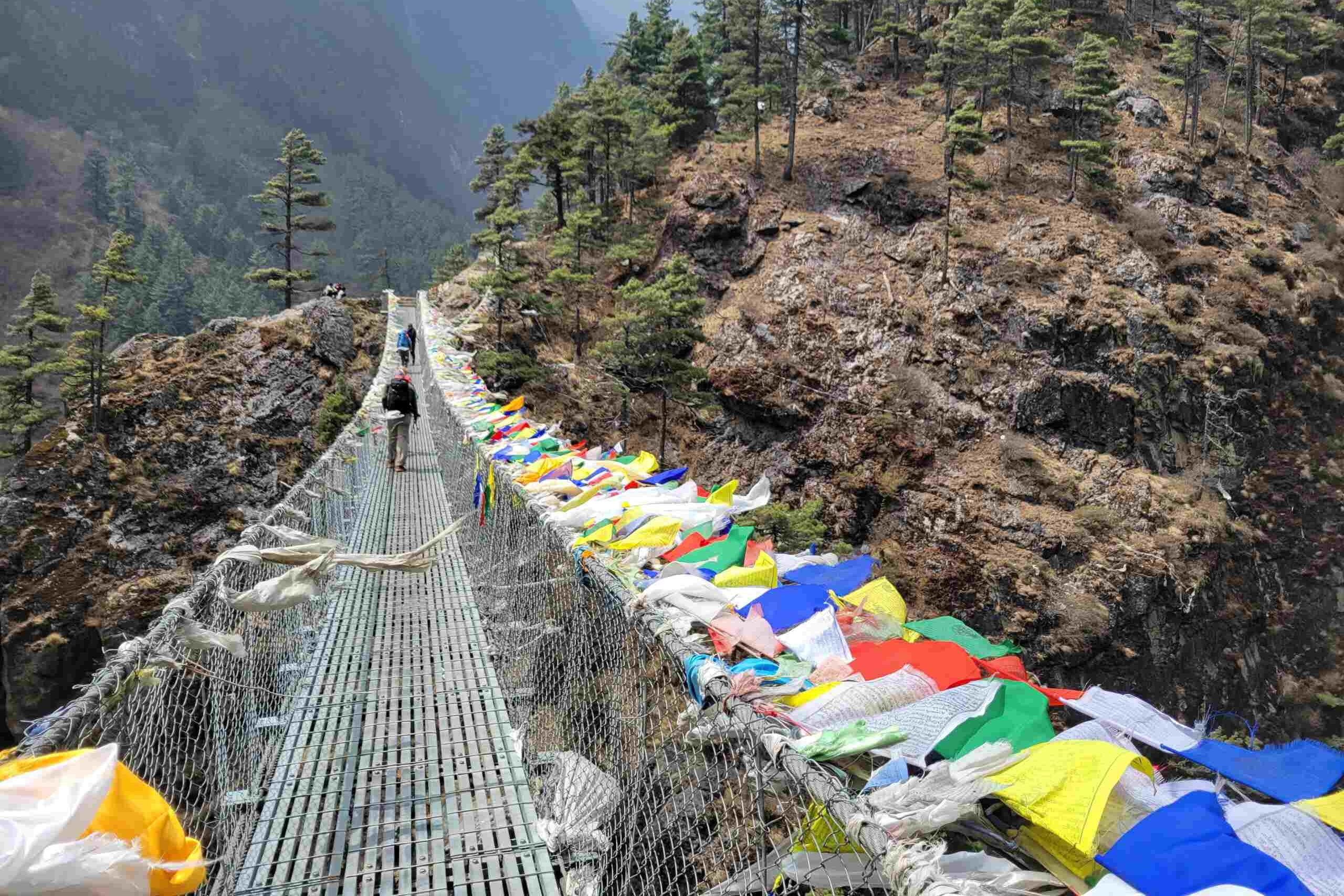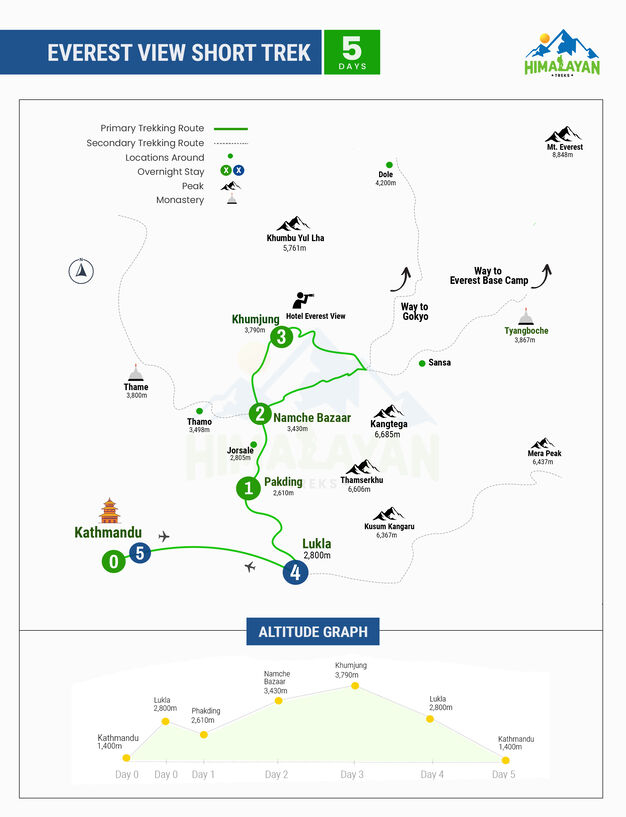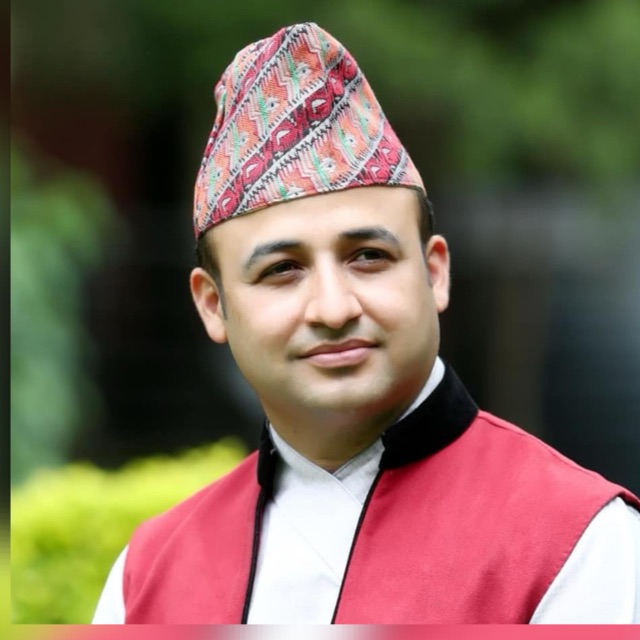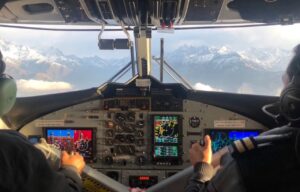Health and safety:
It is very important that you stay healthy and safe during the Everest Panorama Trek. Know this: High elevations can cause altitude sickness, so it’s important to slowly get used to the altitude and lower right away if you start to feel headaches, nausea, or dizziness.
You should be somewhat fit to go on the trek, but talk to your doctor first and be ready for uphill walks, rocky trails, and changing weather.
For emergencies, it’s important to have travel insurance that covers medical evacuation, and during the trip, it’s important to be aware of the weather, trail safety, wildlife, and cultural sensitivities.
How to Get a Visa for Nepal?
It’s easy to get a ticket for the Everest View Short Trek. A quick summary is given below:
Most people from around the world can get a visa when they arrive at Kathmandu’s Tribhuvan International Airport. All they have to do is fill out an arrival card, pay the visa fee, and show the required papers.
You can apply for a pre-visa online to speed up the process. If you can’t get a visa when you arrive, you can also pre-arrange one at a Nepalese office or consulate in your home country.
Visit the Department of Immigration website or call the Nepalese embassy or consulate closest to you for more information and special requirements.
How to Book Everest View Short Trek?
It’s simple and easy to book your Mount Everest View Short Trek plan. Do these things: Before you book, make sure you carefully read the trek information, terms and conditions, and sections that list what’s included and what’s not included. You can use our package booking form or get connected with us through our official WhatsApp and Email.
If you have any questions or worries, please don’t hesitate to get in touch with The Himalayan Treks Representative. We want the booking process to be as easy and fun as your trip itself. Get ready for your Everest Panorama journey!
Meals and Accommodation
Meals:
Breakfast: Start your day with a hearty meal consisting of eggs, toast, porridge, fruits, and hot beverages like tea or coffee.
Lunch: Enjoy a satisfying midday meal with options such as dal bhat (traditional Nepali dish of rice, lentil soup, vegetables, and pickles), pasta, noodles, sandwiches, or rice dishes.
Dinner: Wind down in the evening with a wholesome dinner comprising soups, curries, stir-fries, rice, noodles, or potatoes, accompanied by tea or hot chocolate.
Accommodation:
Tea Houses and Lodges: Along the trekking route, trekkers stay in tea houses and lodges run by local families. These accommodations offer basic yet cozy rooms with twin beds or dormitory-style arrangements.
Room Facilities: Rooms typically come with blankets, pillows, and clean bedding. Shared bathroom facilities are common, with options for hot showers available for an additional fee.
Communal Areas: Tea houses and lodges feature communal dining halls and lounges where trekkers can relax, socialize, and enjoy stunning mountain views.
Authentic Experience: Accommodation in tea houses and lodges provides an authentic taste of Himalayan hospitality, allowing trekkers to connect with local culture and traditions.
Atmosphere: Rustic Charm: Embrace the rustic charm of mountain accommodation, with cozy interiors warmed by wood-burning stoves and candlelit evenings creating a cozy ambiance.
Socializing: Tea houses and lodges serve as gathering points for trekkers from around the world, fostering a sense of camaraderie and friendship as stories are shared and experiences exchanged.
Starry Nights: Experience the magic of clear Himalayan nights, where star-filled skies and crisp mountain air create a serene backdrop for relaxation and reflection.
Overall Experience: Balance of Comfort and Adventure: Meals and accommodation on the Everest View Short Trek strike a balance between comfort and adventure, allowing trekkers to immerse themselves fully in the Himalayan trekking experience while enjoying warm hospitality and nourishing meals along the way.
Internal Flight Delays:
Nepal is a stunning country with a varied terrain that includes rivers, rolling green hills, deep valleys, and white mountains. Road travel can be very time-consuming due to Nepal’s amazing diversity of scenery; the quickest and most convenient option is to fly within the country to get to well-known trekking locations. Since not all trekking destinations offer air travel, theonly available mode of transportation is by car. Inclined slopes further increase the risk of climate and weather. It states that internal flight delays are a definite possibility due to the exceptionally large number of visitors during peak seasons. It can be useful to have a few additional days at each end of your tour to handle this problem. In the unlikely event that there are cancellations or delays (there is a high probability of delays from the Kathmandu area to Lukla, the Everest region, and Pokhara to Jomsom, the Everest region), we can help you stay on schedule by arranging a helicopter at the last minute under Nepali civil aviation rules, which stipulate that helicopters can operate as long as there is 1500 meters of visibility. The price varies depending on how many passengers there are, from USD 400 to USD 650. You can pay with cash or a credit card, and you can make the payment to us directly or to the helicopter business. Purchasing and reviewing your insurance would be quite beneficial, as some alternative travel methods might be covered by the insurance providers. If you need to change your overseas flight, your travel insurance might pay for it.
Travel Insurance:
Most expeditions, adventurous trekking, and tours require travel insurance, which is purchased prior to arriving in Nepal, but other normal treks and tours may not require it. However, travel insurance is definitely an important consideration. There are a number of reasons to consider insurance. Check to see what the company is asking for first, as it might be necessary. Second, Nepal is a landlocked country, and there are only a few direct flights. Travel in and out of the country can encounter some disruptions if purchasing insurance; make sure flight delays and cancellations are also included. Always choose insurance because, though every safeguard is in place during your holiday, there are always extenuating circumstances that may result in an accident during trekking and tours.
Read carefully the printout of insurance policies to ensure that trekking or any other activity you are engaging in is covered or not, as some policies have stopped covering trekking in certain places. If you are going above 5000 m or higher, always mention the policies so they cover the customer service in the last condition. It is very important that if you have the comfort of good insurance, you do the research and choose carefully, which will make your trip relaxing and joyful.
How to Get a Visa for Nepal:
Nepal only has one international airport, and that is Tribhuvan International Airport. The Department of Immigration’s Immigration Office at Tribhuvan International Airport (TIA) has been making it easier for tourists to fly to Nepal by letting them get visas when they arrive.
The process for getting an “on arrival” visa is very quick and easy. There may be lines in October, November, March, and April, which are the busiest months for tourists. Also, October is the Nepalese New Year, Dashain. You can also get a visa ahead of time from Nepalese diplomatic missions in other countries. You can make your choice.
You can get a visa from a Nepalese diplomatic mission, and you have to enter Nepal within six months of the date the visa was granted. The day you enter Nepal is the first day of your total stay.
Getting a visa when you arrive at the entry or exit points is called a “tourist visa.” They have more than one re-entry point. Nepal only lets people enter with a tourist visa “on arrival.” If you are going to Nepal for something other than tourism (like climbing, trekking, or visiting family and friends), you still need to get a “Tourist Visa” to enter the country. But you have to change the type of visa you have based on your reason for coming to Nepal and how long you plan to stay there by showing the Department of Immigration the right paperwork.
There is an online visa form below.
http://online.nepalimmigration.gov.np/tourist-visa Please click on it.
Nepal’s online immigration website can help you get a tourist visa.
Tourists must follow these rules when getting a visa:
- The fee for a 15-day Multiple Entry Visa is US$30 or the same amount in another currency.
- For a 30-day multiple-entry visa, the fee is $40 USD or the same amount in another currency.
- The fee for a 100-day multiple-entry visa is $100 USD or the same amount in another currency.
- Tourists can only stay in Nepal for 150 days a year, according to the rules for immigration.
You can get an extra 90 days on the visa.
- US$2 or Nepalese cash of the same value per day for an extension.
- If you need the Multiple Entry facility for a longer period of time, you will have to pay an extra US$25 or the equivalent in Nepalese currency.
Acute Mountain Sickness (AMS):
Due to the elevated elevations endured during the Everest View Short trek, acute mountain sickness (AMS) may manifest in trekkers. Fatigue, dizziness, migraines, and nausea are among the symptoms. Prevention requires rest days, gradual acclimatization, and adequate hydration. Alcohol should be avoided. AMS symptoms that persist or aggravate must be immediately descended to a lower altitude. It is recommended that trekkers exercise caution, give precedence to acclimatization, and promptly seek medical assistance in the event that they experience severe symptoms, including confusion or respiratory distress. Thorough preparation and awareness are essential elements in ensuring a secure and pleasurable expedition through the awe-inspiring yet arduous landscape of the Everest region.
Drinking Water:
In order to preserve health and avert dehydration, it is critical to procure potable water throughout the Everest Base Camp (EBC) trek. Along the trail, teahouses offer boiled or purified water for sale. To prevent waterborne maladies, it is advised that trekkers refrain from consuming untreated water from streams or faucets. For added protection, it is advised to carry a reusable water container and utilize water purification tablets or a filtration system. It is especially important to maintain adequate hydration at higher altitudes, where dehydration can worsen the symptoms of acute mountain sickness (AMS). Optimally selecting water sources and practicing safe imbibing techniques can contribute to a more comfortable and health-conscious experience for trekkers during the EBC trek.
Arrival Guidelines:
Our company representatives will be present at Tribhuvan International Airport (TIA) in Kathmandu, Nepal, to extend a warm greeting to you as you enter the country. We kindly ask that you diligently look for the placard bearing your name and the name of our business, which our representatives will be carrying as they describe the events that take place upon your arrival. We kindly request that our representatives accompany you to your hotel in Kathmandu. As you depart the gate, numerous brokers, taxi drivers, and troublemakers offer to carry your luggage and transport you to your destination. We kindly request that you disregard the advice of these individuals and instead adhere to the company representatives and their directions.
Reservations for Tours:
Prior to making any payments or reserving a tour or excursion, kindly review the terms and conditions in their entirety and contact our representative of the company via phone or email with any inquiries. Proceed by completing an online reservation form and remitting the non-refundable deposit. Complete the form in its entirety, and in the event of any uncertainty, reach out to the representative of our company in order to prevent any disruption to the smooth progression of the procedure. The form may be submitted via the following methods: online, via download, and via mailing or WhatsApp to a representative of your company.
It is critical to comprehend every aspect of the selected trip, including the level of service, what is included and what is not, and which trip may be most suitable for your experience and fitness level. Make an effort to obtain answers to all inquiries regarding the trip in order to book it without any apprehension.
Accommodation and Dining
Tea Houses and Lodges: Along the EBC trail, cozy guesthouses (tea houses) provide basic amenities and serve delicious local cuisine.
Dietary Preferences: Inform us of any dietary restrictions, and we’ll ensure suitable food options for you.
Permits: We will assist in obtaining necessary permits, including a trekkers’ permit and a TIMS (Trekkers’ Information Management System) card.
National Park Fees: Entrance fees are required for Sagarmatha National Park.
Trail trekking: The trek primarily involves trekking, offering stunning views at every step.
Porter Options: Consider hiring a porter if uncertain about your fitness level.
Helicopter Evacuation: Emergency helicopter evacuation insurance is advisable, and we can help you obtain coverage if needed.
Communication
Limited Wi-Fi: Expect limited internet connectivity during the trek, providing a break from technology.
Cell Phone Coverage: Some areas have cell phone service, but it may not be reliable.
Essentials
Pack Light: Be mindful of what you bring; refer to our comprehensive packing list for necessary items.
High-Altitude Acclimatization: Take it slow, ascend gradually, and pay attention to your body.
Cultural Awareness: Dress modestly, respect religious sites, and learn basic Nepali phrases to show consideration for the local people.
Equipment List for the Everest Base Camp Trek:
Luggage/Duffle Bag: A duffel bag or backpack (65-75 L) for trekking, carried by porters. Provided by Himalayan Adventure if needed.
Day Backpack: A day backpack (at least 25 Liter) for personal daily use, carrying essentials like passport, credit card, water bottle, snacks, and clothing layers.
Trekking/Hiking Boots: Sturdy, waterproof trekking boots for challenging terrain. Ensure a proper fit and comfort during treking. Consider bringing crampons in winter.
Sport Sandals: A pair of sports shoes or sandals for use in camps or tea houses after the trek.
Sneakers: Not suitable for the Everest Base Camp trek. Can be left at the Kathmandu hotel until return.
Sleeping Bag: Lightweight sleeping bag suitable for minus 20 degrees in summer and minus 25 degrees in winter. Provided by Himalayan Adventure if needed (to be returned after the trek).
Fleece Jacket: At least one high-quality fleece jacket or pullover for warmth during trekking.
Down Jacket: A compulsory warm down jacket for the Everest Base Camp trek.
Socks: At least 5 pairs of thick socks for spring and autumn, and at least 7 pairs for winter and monsoon. Lightweight/Warm
Insulated Pants: Three pairs of lightweight trekking pants suitable for various weather conditions.
Short-Sleeved Shirts: Three ice-breaker merino wool or synthetic shirts for warmth.
Long-Sleeved Shirts: At least three long-sleeved shirts.
Underwear: Sufficient pairs of underwear due to limited washing facilities on the trek.
Waterproof Jacket: At least one waterproof jacket and optional waterproof pants for rain, snow, and wind.
Head and Face Gear: Sun hat or cap, woolen hat for mornings and evenings, and polarized sunglasses.
Hand Gear: Warm gloves.
Traveling Supplies: Adapter plug, camera belt, passport belt (optional), Swiss army knife (optional), flashlight, headlamp, water bottle, extra camera battery, hand sanitizer, alarm clock, hiking poles (optional), binoculars (optional).
Toiletries: Razor, razor blades, shaving cream, aftershave, toothbrush, toothpaste, dental floss, sunscreen, toilet paper, small towel, and period pads (for women).
Medication: First Aid Medical Kit (available in Thamel, Kathmandu), Altitude Medicines (Diamox), Tylenol, aspirin, ibuprofen, anti-diarrheic, powerful antibiotics, nasal spray, or drops.
Additional Notes:
Pack Light: Keep your load minimal for a more enjoyable trekking experience.
Layering: Use layered clothing to easily adapt to changing weather conditions.
Waterproof Gear: Include waterproof gear to shield yourself from rain and snow.
Sturdy Backpack: Bring a durable and comfortable backpack for ease of carrying.
Break-in Boots: Ensure your hiking boots are broken in and comfortable before embarking on the trek.
Sun Protection: Don’t overlook sun protection essentials, which are crucial even at higher altitudes.
Be ready for altitude sickness and familiarize yourself with its symptoms.
